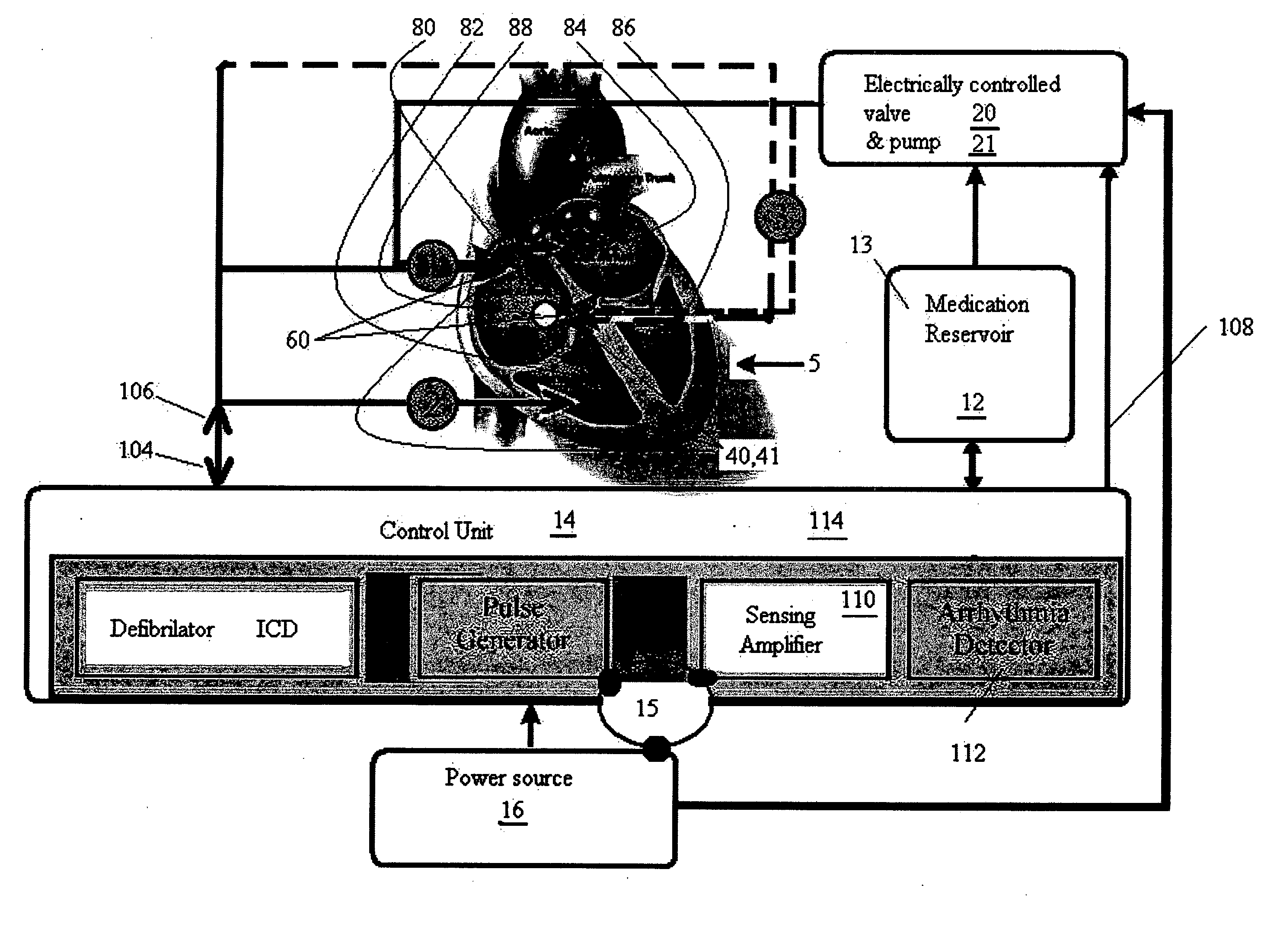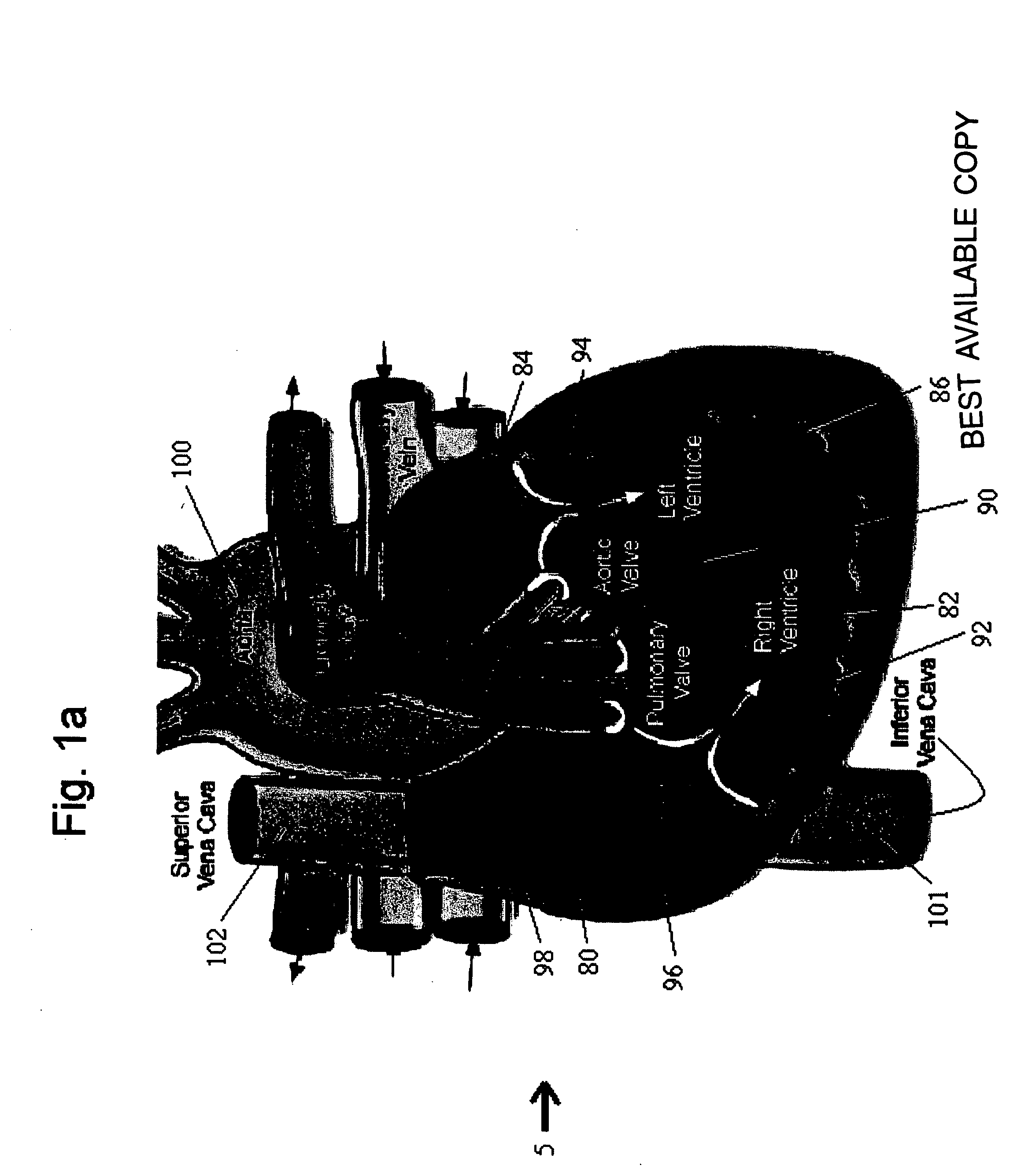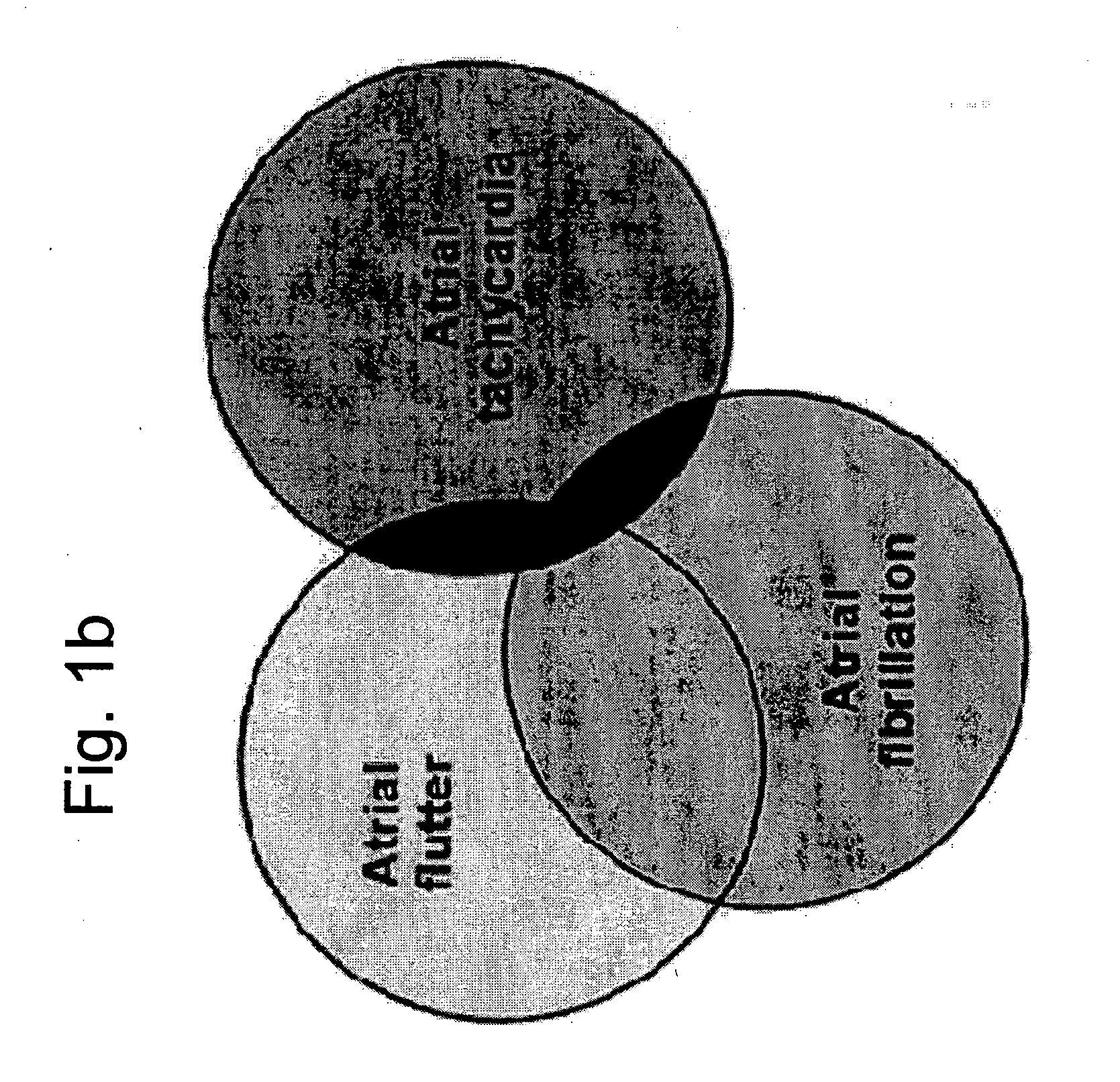Methods and implantable devices for treating supraventricular arrhythmias
- Summary
- Abstract
- Description
- Claims
- Application Information
AI Technical Summary
Benefits of technology
Problems solved by technology
Method used
Image
Examples
example 1
RHCA Administration Terminates Atrial Tachycardia
[0187] The effect of rapidly hydrolysable cholinergic receptor agonists (RHCA) on supraventricular arrhythmia was tested in anesthetized Wistar rats, as follows.
[0188] Experimental Procedures
[0189] Induction of atrial tachycardia, atrial fibrillation and atrial flutter in rats—Wistar rats of either sex weighing 450-550 g were used in this study. Rats were anesthetized and atrial tachycardia, atrial fibrillation, or atrial flutter were induced by cardiac stimulation using a programmable stimulator with an isolated constant-current source. Stimuli of rectangular pulses of 2 milliseconds (ms) duration at three times diastolic threshold were delivered via transesophageal bipolar catheter positioned optimally to stimulate the atria. Double and triple extra stimulation techniques or a minimal coupling interval of 10 ms were performed in an attempt to induce atrial arrhythmias. Atrial burst pacing at intervals of 40 to 80 ms was also perf...
example 2
RHCA Administration Terminates Atrial Fibrillation
[0197] Atrial fibrillation was elicited in rats as described in Example 1, hereinabove.
[0198] Experimental Results
[0199] Bolus injection of acetylcholine into the right ventricular cavity terminated atrial fibrillation within 0.5-10.5 seconds and restored normal rhythm within additional 1-5 seconds—FIGS. 3a-b illustrate ECG recordings of a rat undergoing atrial fibrillation from the three standard leads (I, II, and III) and the suppression of atrial fibrillation by RHCA administration via the right ventricular cavity. Atrial fibrillation was characterized by variable f-f intervals (range 48-62 ms, 970-1250 bpm) and RR intervals (range 100-420 ms, 140-600 bpm). The average duration of such atrial fibrillation episodes without any further treatment (i.e., the time interval since induction till spontaneous termination) was 8.6±2.2 minutes (n=32). Bolus injection of 0.1 ml of 0.2 mg / ml acetylcholine (dosage 0.04 mg / kg body weight) int...
PUM
| Property | Measurement | Unit |
|---|---|---|
| Weight | aaaaa | aaaaa |
| Time | aaaaa | aaaaa |
| Length | aaaaa | aaaaa |
Abstract
Description
Claims
Application Information
 Login to View More
Login to View More - R&D
- Intellectual Property
- Life Sciences
- Materials
- Tech Scout
- Unparalleled Data Quality
- Higher Quality Content
- 60% Fewer Hallucinations
Browse by: Latest US Patents, China's latest patents, Technical Efficacy Thesaurus, Application Domain, Technology Topic, Popular Technical Reports.
© 2025 PatSnap. All rights reserved.Legal|Privacy policy|Modern Slavery Act Transparency Statement|Sitemap|About US| Contact US: help@patsnap.com



